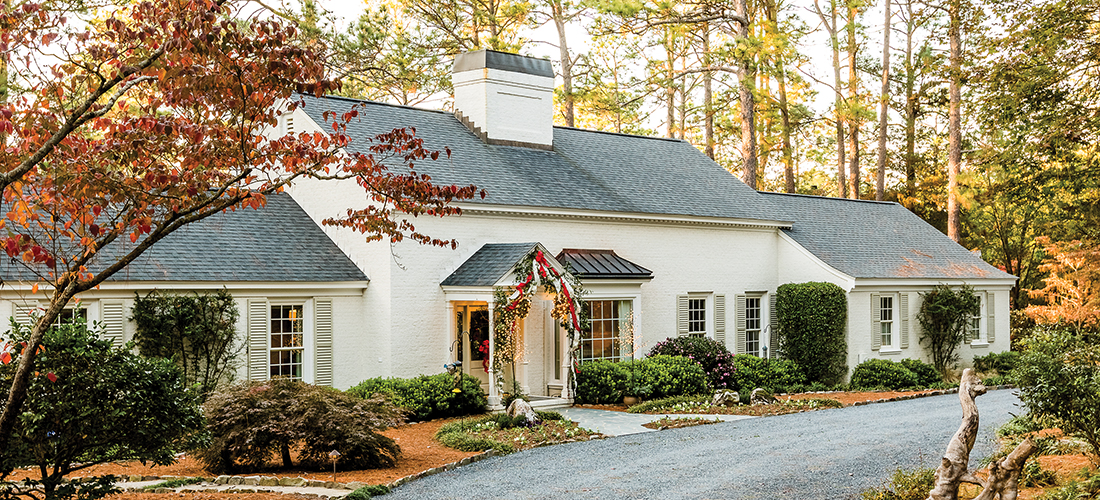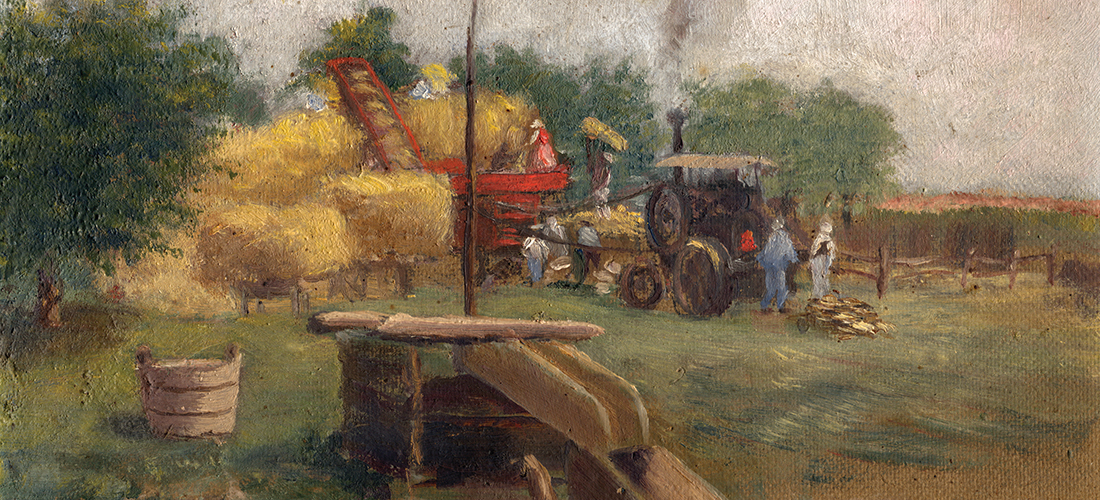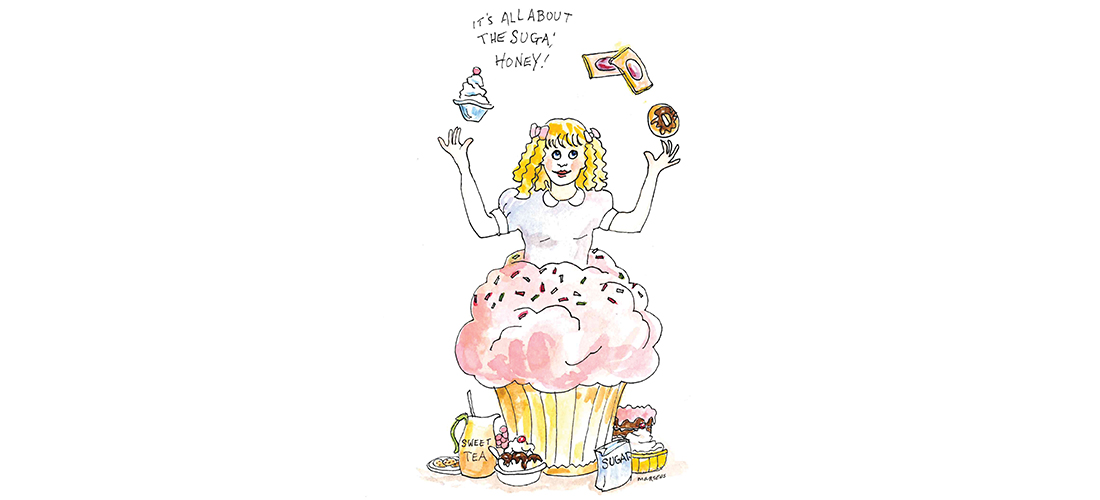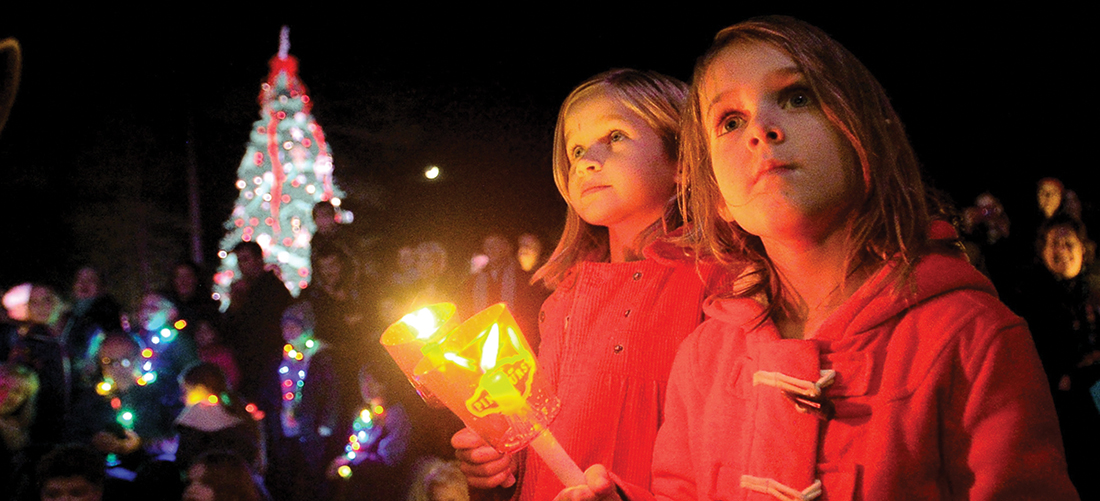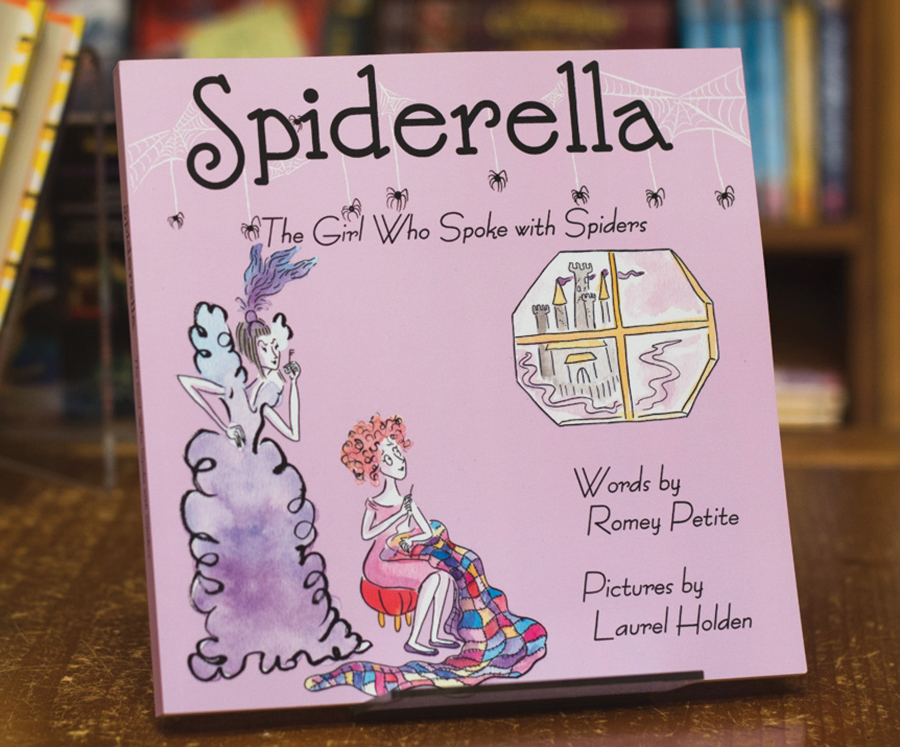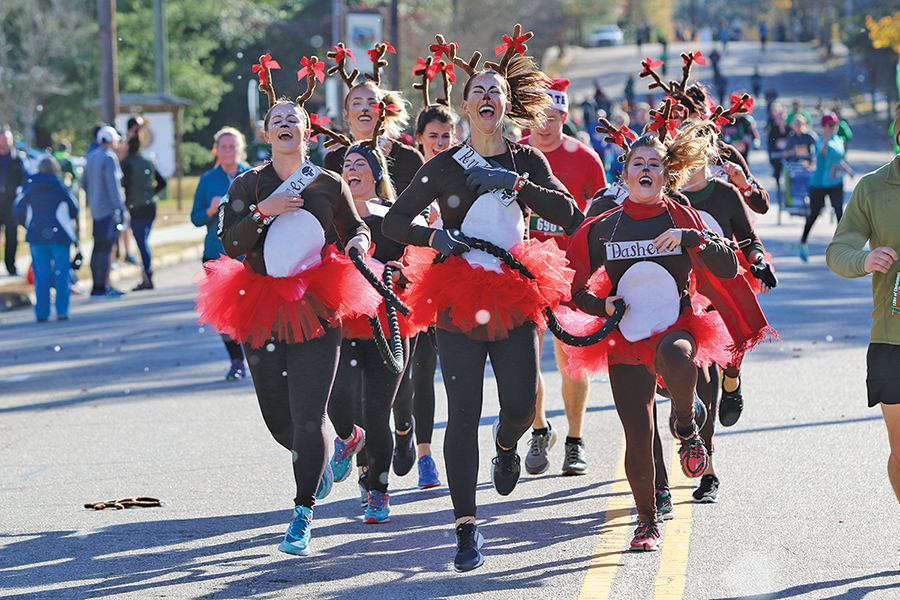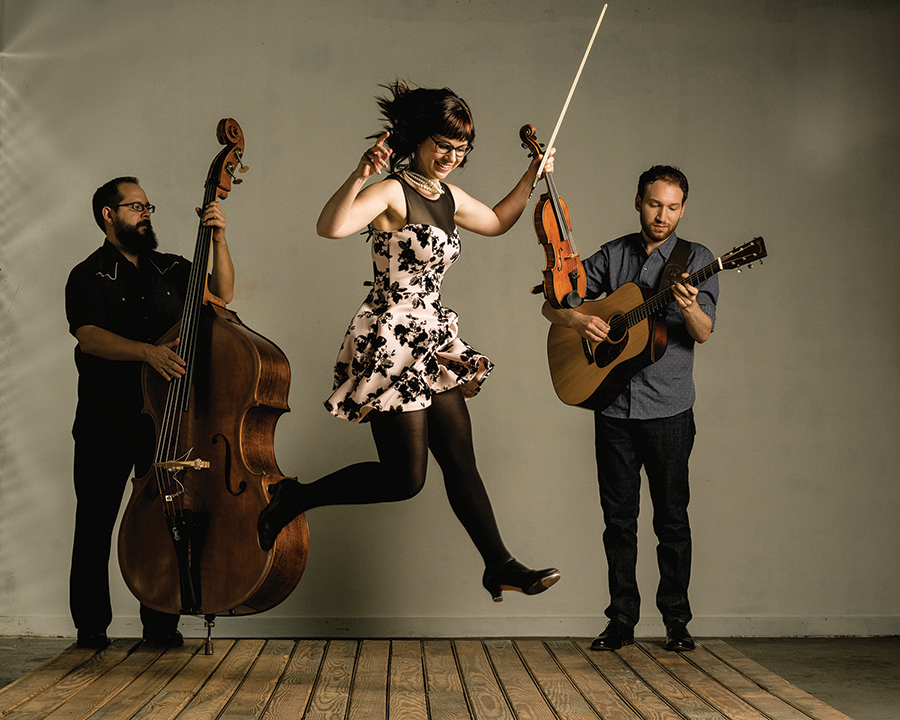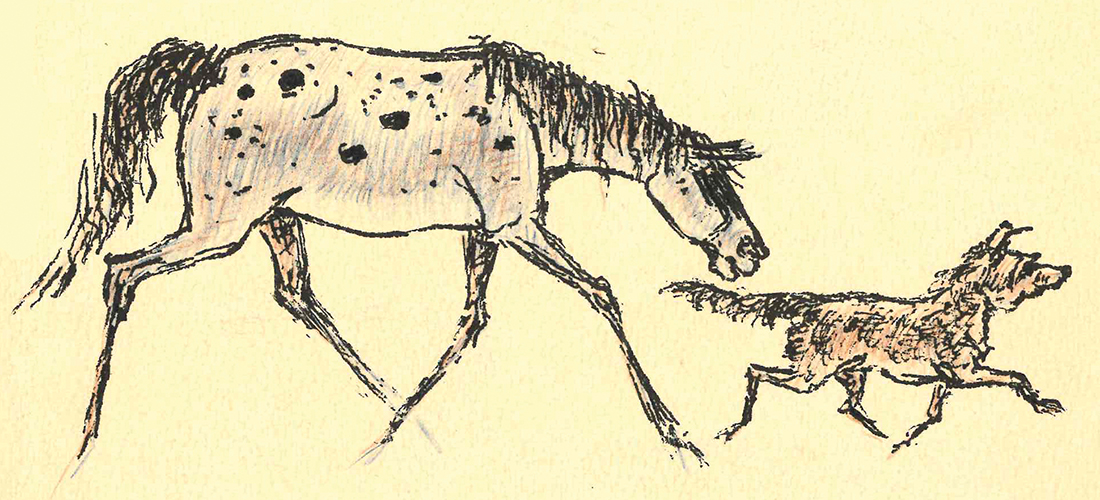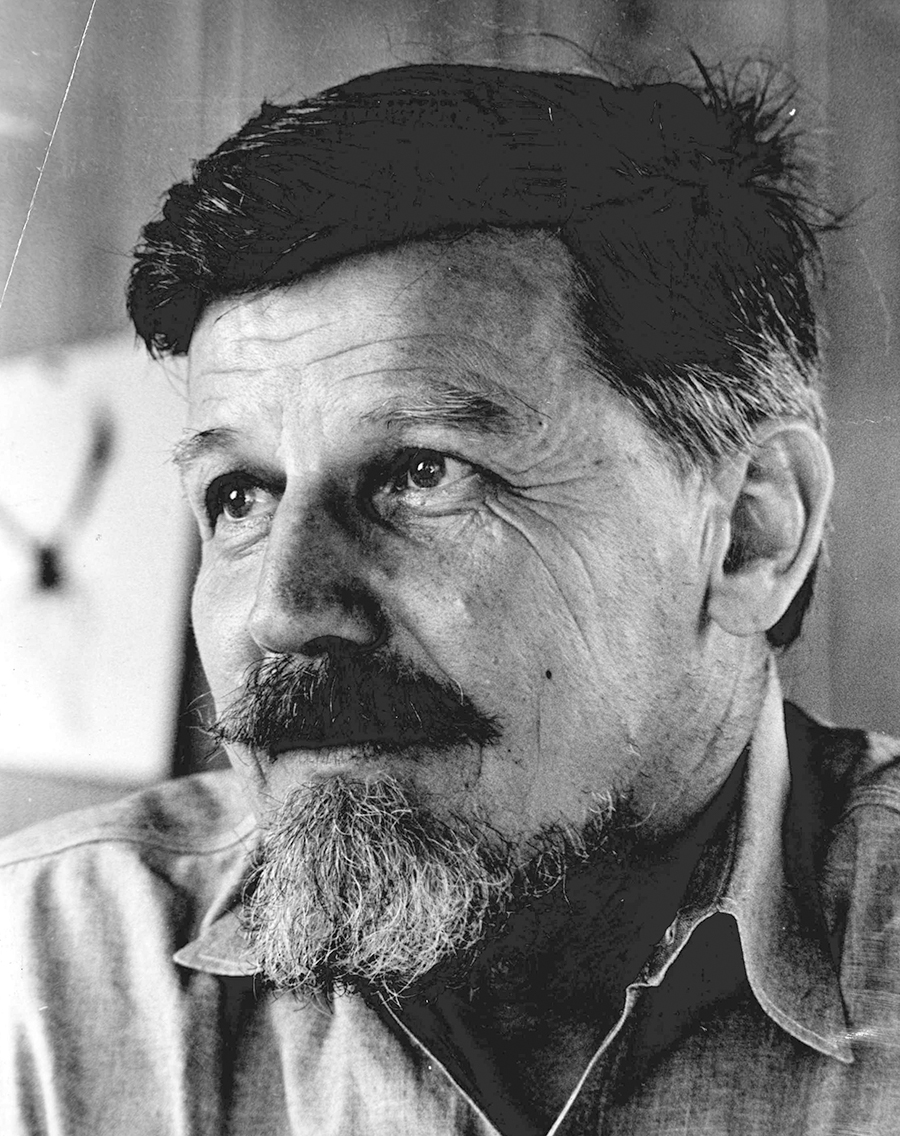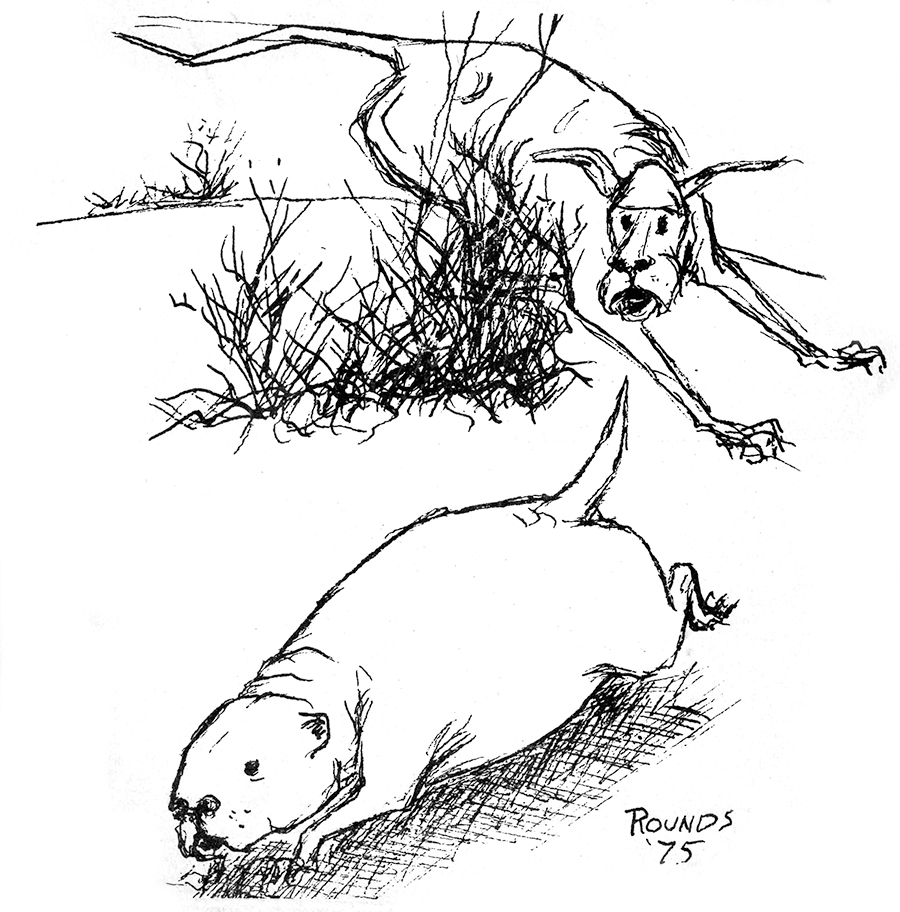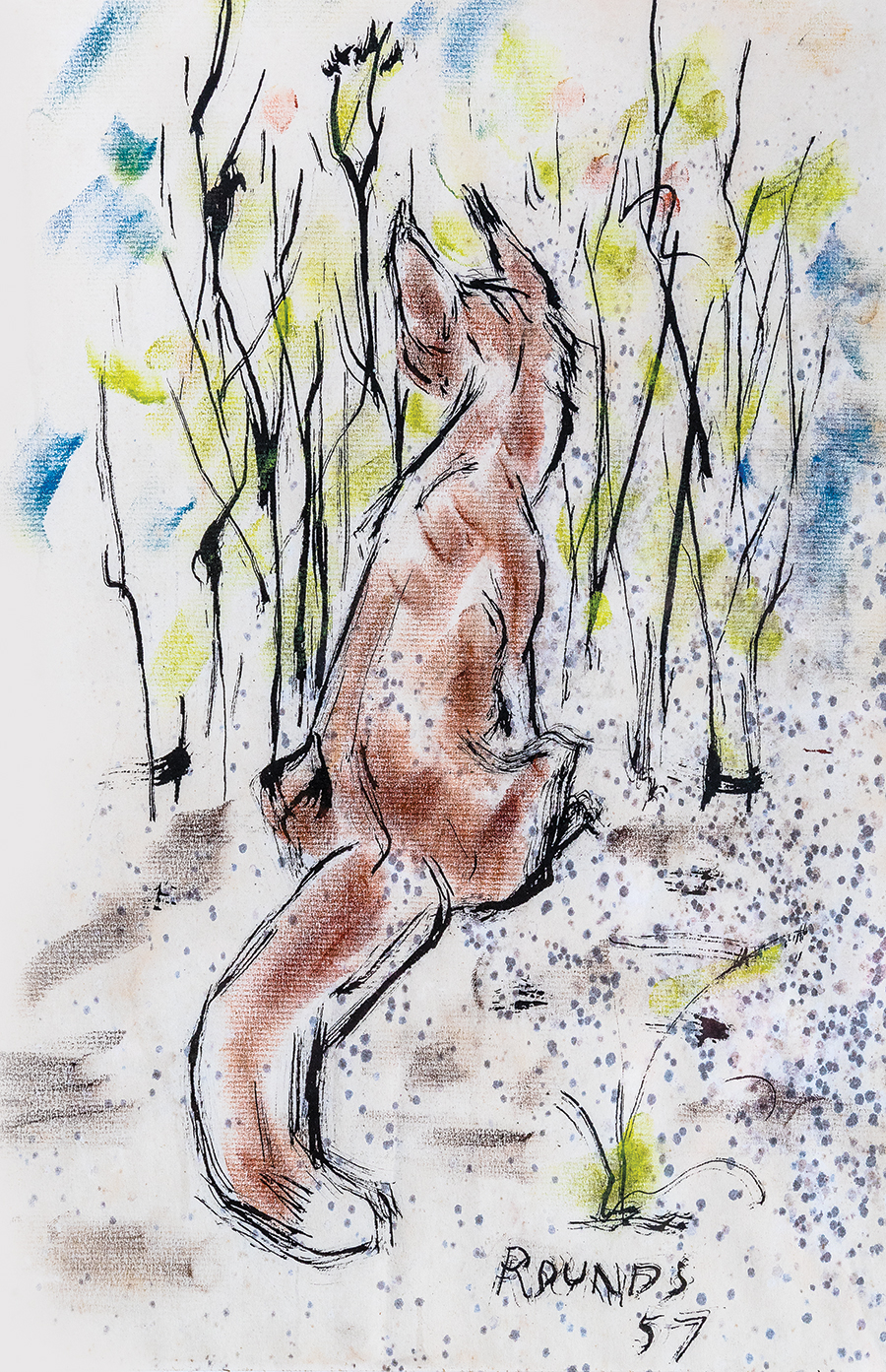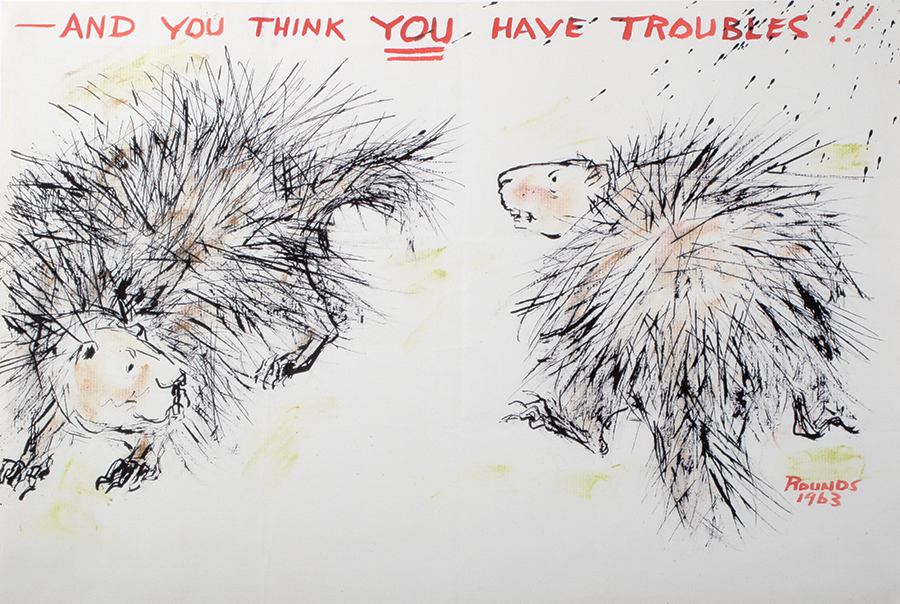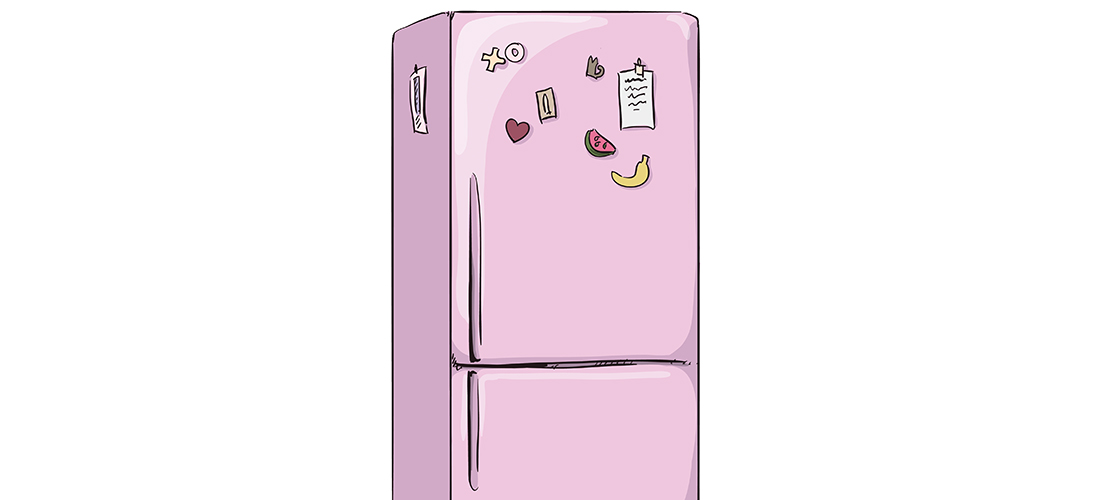Creating a Scandinavian Yuletide
By Deborah Salomon • Photographs by John Gessner
Deck the halls with boughs of holly? Probably not.
Chestnuts roasting on an open fire? Old school.
Little drummer boys? March on by.
At this echelon Christmas theme parks — Victorian, teddy bear, monochromatic — become passé. Instead, Southern Pines floral designer Matthew Hollyfield befriends his client, studies her home, her furnishings, her art and personality, even her clothes. He interprets these clues into his plan.
Since Marilyn Grube, a retired federal judge with sparkling eyes and smile, is all about gardening, Matt goes au naturel — local greenery framed by many lights shaped like berries or, flanking the front door, tiny flowers.
The result tiptoes a line between ho-ho-ho basic and bouffant, as in faux snow and glitter. At Chez Grube, a quiet elegance rules while allowing a few wow moments — a single 9-foot Christmas tree placed on the covered terrace but visible through windows and French doors, decorated entirely with painted glass pine cones, crowned by a bird’s nest rather than a star.
This organic style invites onlookers to come closer, touch, marvel at details.
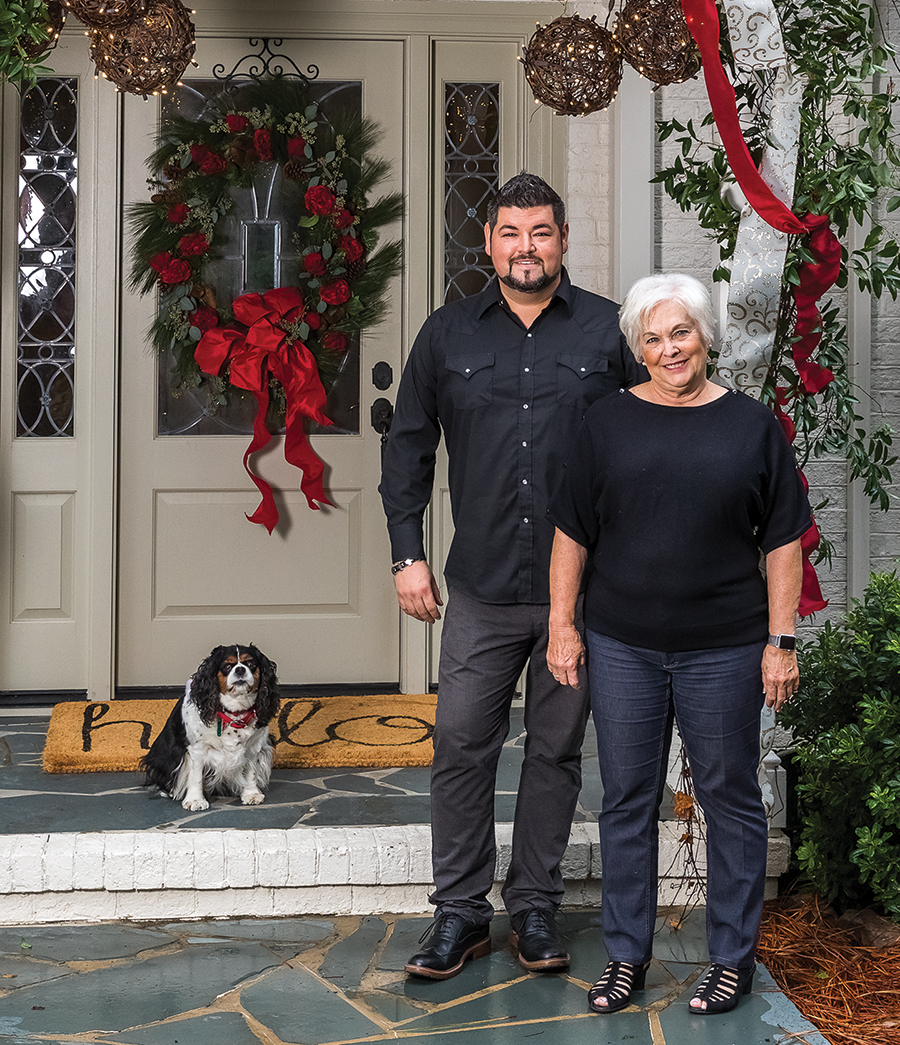
Marilyn presents interesting material for Matt’s personality profile.
Marilyn and her husband James, both golfing Californians, had visited Pinehurst for 30 years. The East Coast posed an adventure, first Atlanta, then Pinehurst, where they retired in 2008 for familiar reasons: “I felt a connection because Pinehurst was open to outsiders from all over the country. They live here because they want to,” says Marilyn. She sought a house with gardening potential but wasn’t interested in the elongated red brick built in 1969 and hidden from the road by an overgrown berm. The Realtor had never been inside. Let’s have a look, she convinced them.
Not only did the garden (“A forest, really.”) have possibilities, but Jim and Marilyn could envision stripping the house down to its studs and rebuilding with a light, airy, California presence — exterior brick painted white, archways instead of doorways, miles of crown moldings, and wall space for an impressive art collection, from Abraham Lincoln to Morgan horses bred by her father to splash-dash contemporaries, portraits of her sons and mother and a few fanciful photographs. The ceilings are high, the rooms, oversize.
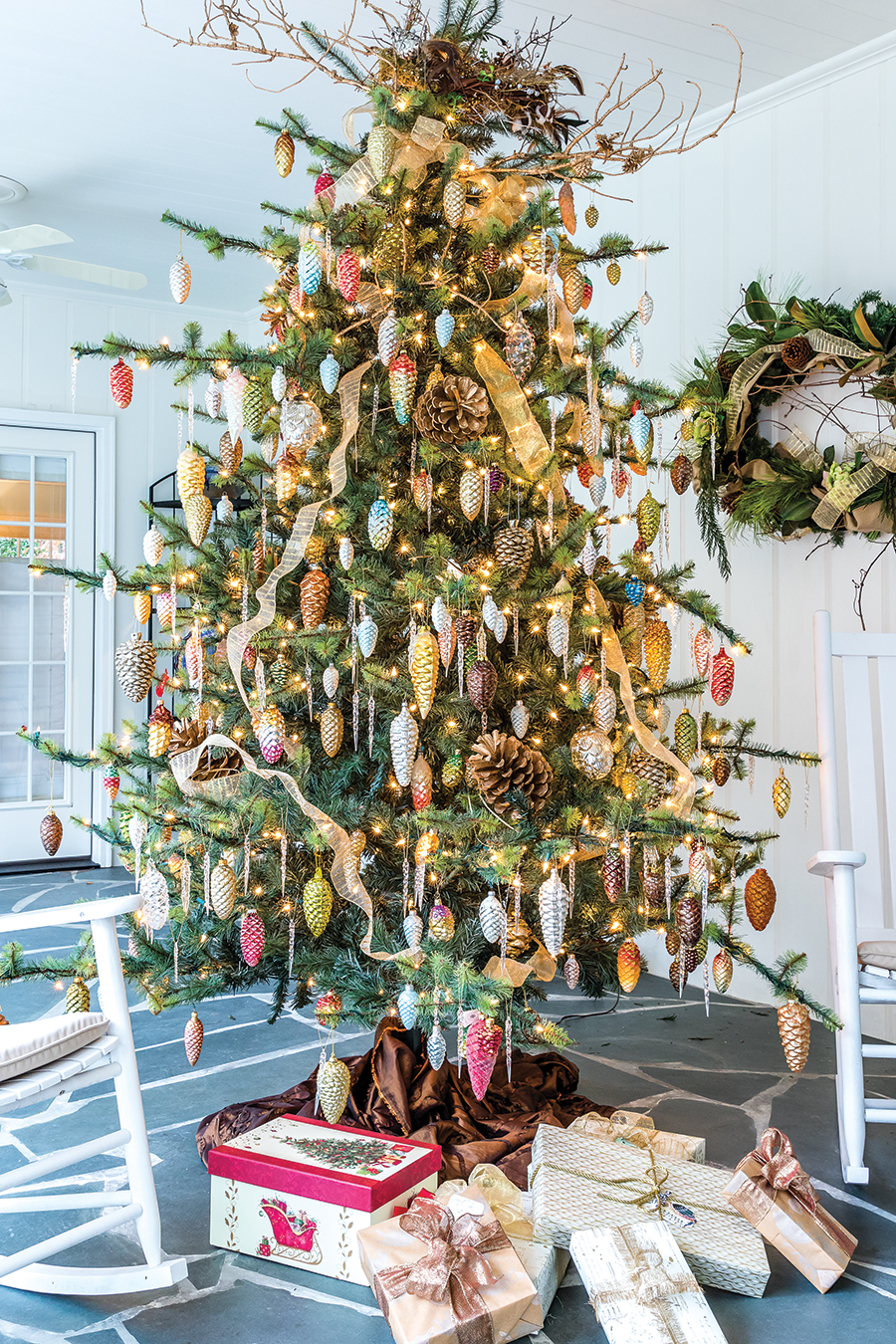
“My husband was a big man . . . he wanted elbow room,” Marilyn says.
Once ensconced, she joined, volunteered, entertained and, of course, gardened. “It is my passion and frustration,” the latter meaning insects and varmints. “I never heard of voles. And the deer! In California, I grew roses; here, camellias and hydrangeas.”
For the first few years, Christmas décor remained traditional. “I was used to family Christmases, a very special time. We went all-out heavy reds and greens.” After Jim died in December, 2013, “I ran away for four years. This is the first Christmas doing it my way.”
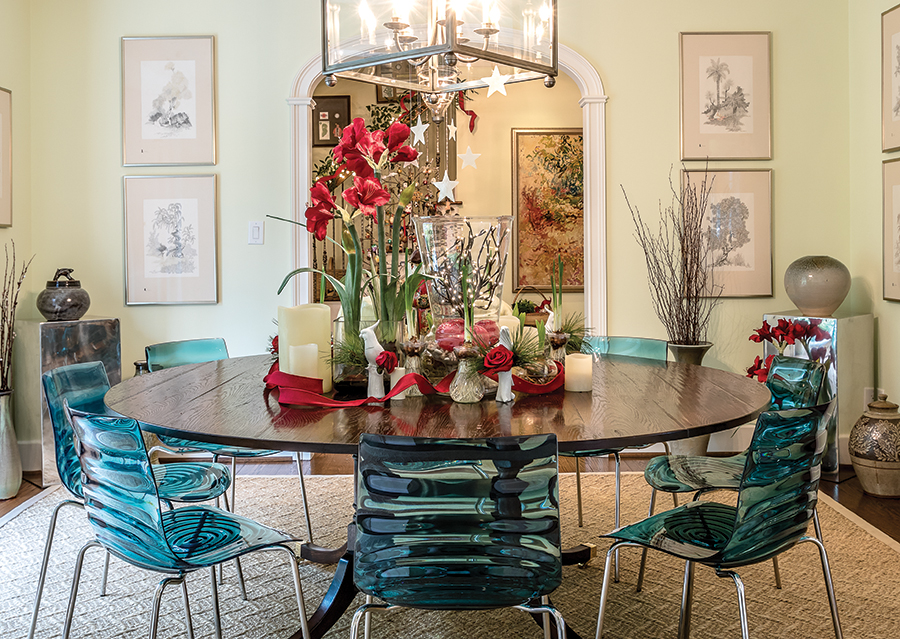
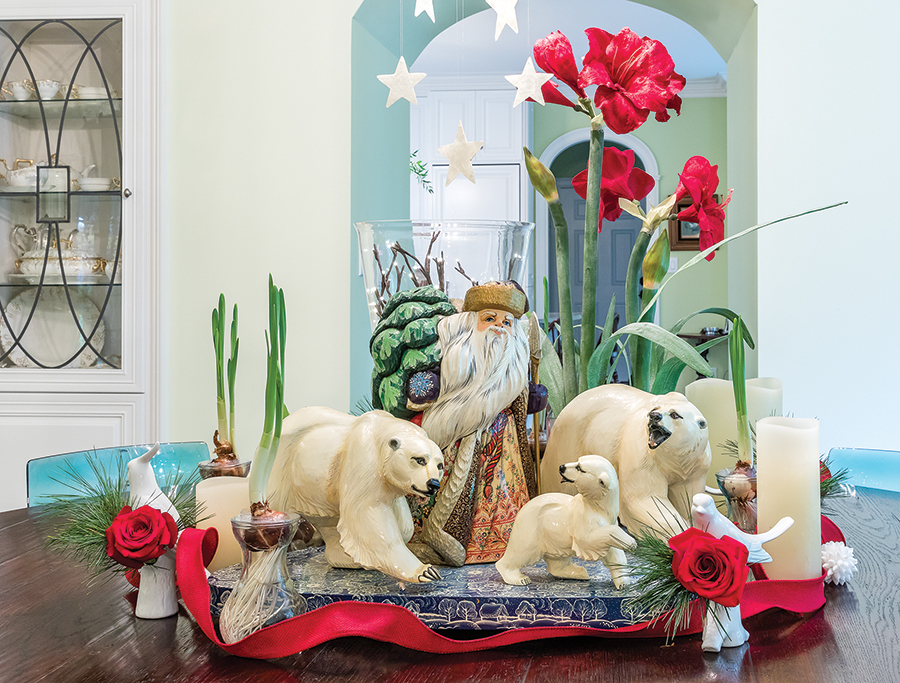
How so? She chose Swedish, knowing nothing of bearded gnomes, only that Scandinavian décor is spare and well-designed — also that it might suit her collection of painted and lacquered figurines on Yule themes, exquisitely hand-carved from small-leaf linden or birch, brought from Russia by Ilana Stewart of Old Sport & Gallery in Pinehurst Village.
“Look at the expression in his eyes,” Marilyn says, lifting a Santa, lovingly.
“I design them, then they are painted by families with acrylic paint I bring from the U.S.,” explains Russian-born Ilana, a longtime Delta flight attendant. “Children do the sanding. (These skilled jobs) support many families so the kids can attend university.” No duty is imposed on hand-carried craft art.
Most of the figurines are displayed in the sunken library, which Marilyn calls a bridge between the kitchen/dining room and the contrasting contemporary living room. The library also houses a grand piano with inlaid panels, built for royalty in 1898 by Bluthner of Germany, purchased and rebuilt for Marilyn’s mother, a concert-worthy pianist, by her father. “This is my most valuable possession, emotionally,” she says. Other appreciative Bluthner owners have been Tchaikovsky, Liberace, Debussy and The Beatles.

That living room is from another world. Sleek, angular retro Scandinavian designs are done in white, turquoise and kelly green except for an heirloom bureau holding family Christmas photos and Jim Grube’s carved desk table, used during his entire legal career, now spread with a puzzle which the family works on during the holidays.
Matt has shifted the Christmas palette accordingly to white and pastels, his population from Santas to angels; all melt into the aura of a cool, bright space created by Marilyn after her husband’s death.
“Matt is bold, fearless,” this devoted client says. Their relationship is one of trust. Matt listens, then plans, then installs without sharing many particulars with Marilyn. Ordinarily, a floral designer works from a concept, a color, a collection or even a price point and presents his or her ideas for approval. The assignment could be one room or an entire house, billed by the hour or job. Services usually include installation and, if desired, deconstruction and packing. Matt and four elves readied the Grube residence for Christmas in about five hours.
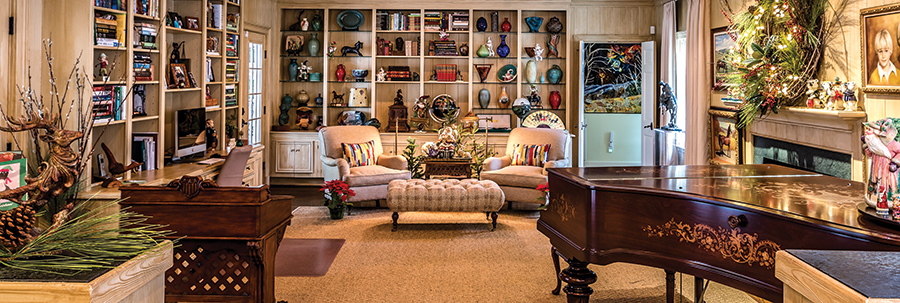
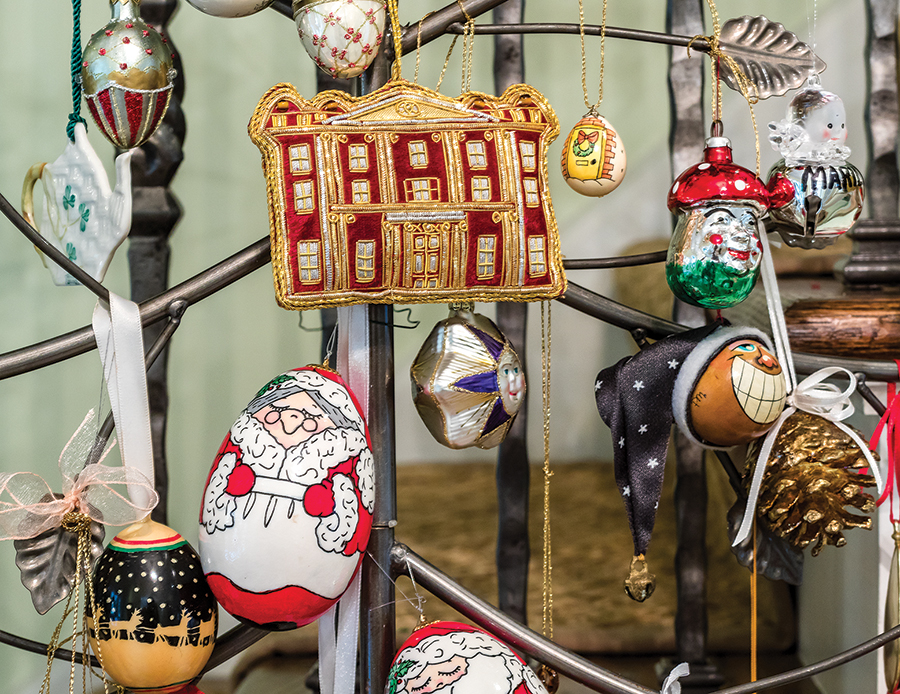
Back in the dining room, “Matt made my table magical,” Marilyn beams, by juxtaposing Papa, Mama and Baby polar bears leading Santa on his journey against red silk amaryllis and paper whites. Must not discount the decorative value of the table itself — large, round, dark, deeply grained wood reminiscent of a mountain lodge, here surrounded by molded acrylic chairs in brilliant turquoise.
Matt follows the natural path into the kitchen where he expresses Noel through fruit — a citrus wreath and rusticus vine over the sink, lemongrass from Marilyn’s garden, an old armature holding apples, garlands of smilax. “Matt and I debated over the oranges and lemons, since they’re not red,” Marilyn says. “But they’re seasonal now in California, which reminds me of home.”
She makes a point for regional icons. An authentic Christmas tree would be a Judean date palm, not spruce or balsam, whereas dinner might feature spit-roasted lamb or goat, maybe chicken, but certainly not turkey — and never ham.


A gingerbread cottage from The Bakehouse in Aberdeen, an antipasti plate with green olives and tiny red peppers complete Christmas in a kitchen both glamorous yet restrained. One full-sized oven, a warming drawer mounted under the island and a narrow Sub-Zero supplemented by wine and cold drink storage in the butler’s pantry suffice.
In the front hallway a flat metal tree holds Marilyn’s collection of mini-ornaments, some vaguely Scandinavian, including delicate painted eggshells.
The entrance now makes sense given Marilyn’s leanings toward light, fresh and natural. Wired ribbons and tiny bulbs seem to float through greenery. The door wreath is oval and the mat says, simply “Hello.”
With the job done, Marilyn awaits children, grandchildren, other family and guests. “I have happy memories of Christmas, as a child,” she says. “When the ornaments are unpacked, I feel they are my sentimental friends; they have personalities that go back 30 years.” Beginning now, she will take them forward against a new background, perhaps in a different language:
A God Yul (Merry Christmas, in Swedish) to all … and to all a God Natt. PS

